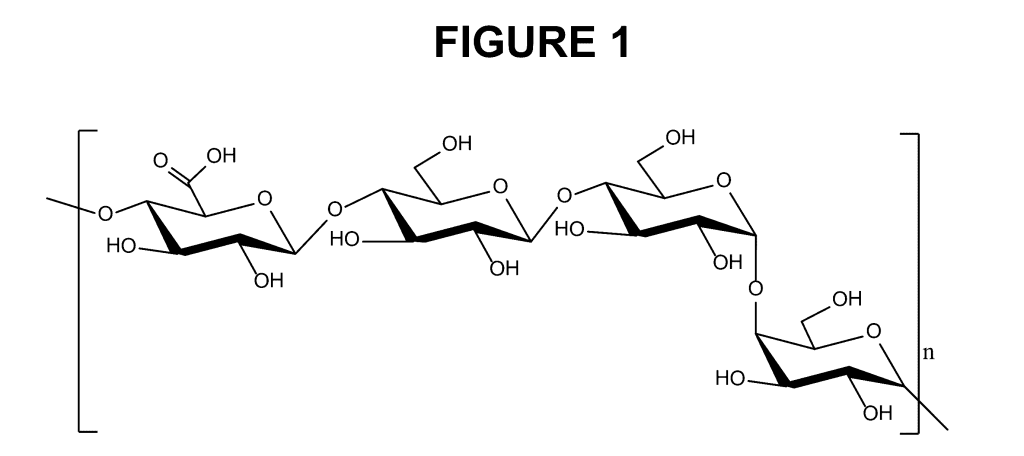by Dennis Crouch
The Federal Circuit has affirmed the PTAB's finding that Pfizer's pneumococcal vaccine patent is obvious, but has vacated and remanded the Board's denial of Pfizer's motion to amend certain claims. Pfizer Inc. v. Sanofi Pasteur Inc., No. 19-1871 (Fed. Cir. Mar. 5, 2024); U.S. Patent No. 9,492,559. Pfizer v. Sanofi Opinion.

To continue reading, become a Patently-O member. Already a member? Simply log in to access the full post.